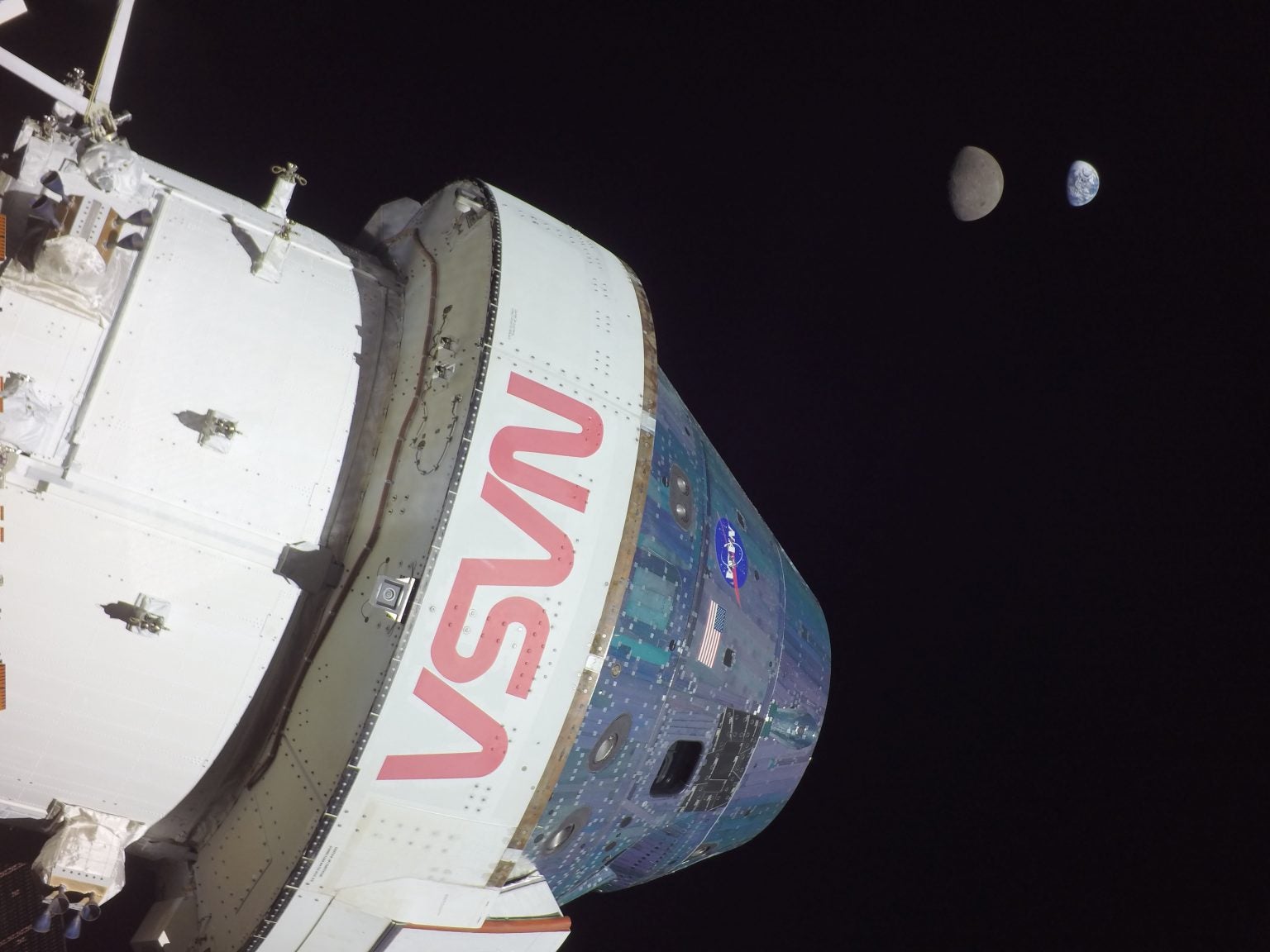Artemis: Nasa’s Orion goes further into space than any other craft designed for humans

Nasa’s Orion capsule has gone further from Earth than any other spacecraft designed for humans, the space agency has said.
Floating 268,563 miles from its home planet, it reached its maximum distance from Earth and broke a record that has stood since Apollo 13, more than 50 years ago.
The Orion capsule is currently floating around the Moon without a crew, as part of a test. But humans will eventually use the capsule to return to the lunar surface, Nasa hopes – and use that to then travel further on, hopefully to Mars.
The capsule is now halfway through that test, reaching its record on day 13 of a 25.5 day mission, late on Monday.
It remains healthy as it continues on a distant orbit of the Moon, Nasa said.
“Because of the unbelievable can-do spirit, Artemis I has had extraordinary success and has completed a series of history making events,” said NASA Administrator Bill Nelson in a statement. “It’s incredible just how smoothly this mission has gone, but this is a test.
“That’s what we do – we test it and we stress it.”
This part of the mission allows engineers to study important parts of the capsule’s performance, such as its thermal environment and propulsion systems. Flight controllers have completed or are working on 37.5 per cent of the mission objectives.
The rest are mostly due to happen when the capsule comes back into Earth’s orbit, crashes into the ocean and is picked up out of the water. It will need to complete that journey successfully to give engineers confidence that the capsule could be used to safely transport humans.
As part of its record-breaking journey around the Moon, Orion also sent back images of the Moon and Earth together.
Though Orion takes the record after travelling further away from Earth than any other object designed for humans, by around 20,000 miles, it has still not actually been used by people. Those Apollo 13 astronauts and their spacecraft remain the furthest humans have actually travelled into space, after they were forced into an unexpectedly long journey because of a failure in the spacecraft.
Orion is also a long way from taking the crown as the spacecraft furthest away from Earth. That record is held by Voyager 1, which set off into deep space 45 years ago and is now almost 15 billion miles from Earth.
Join our commenting forum
Join thought-provoking conversations, follow other Independent readers and see their replies
Comments
Bookmark popover
Removed from bookmarks